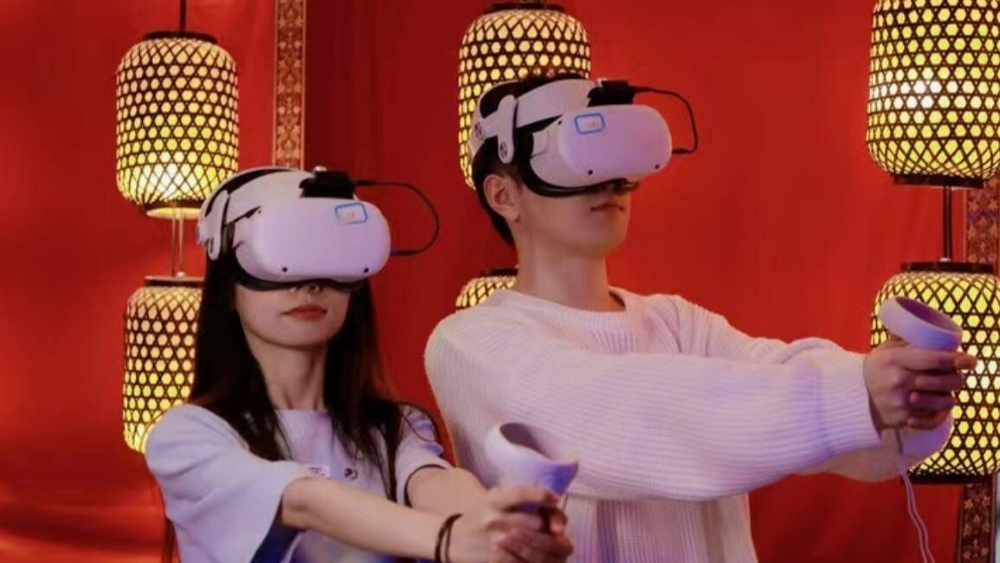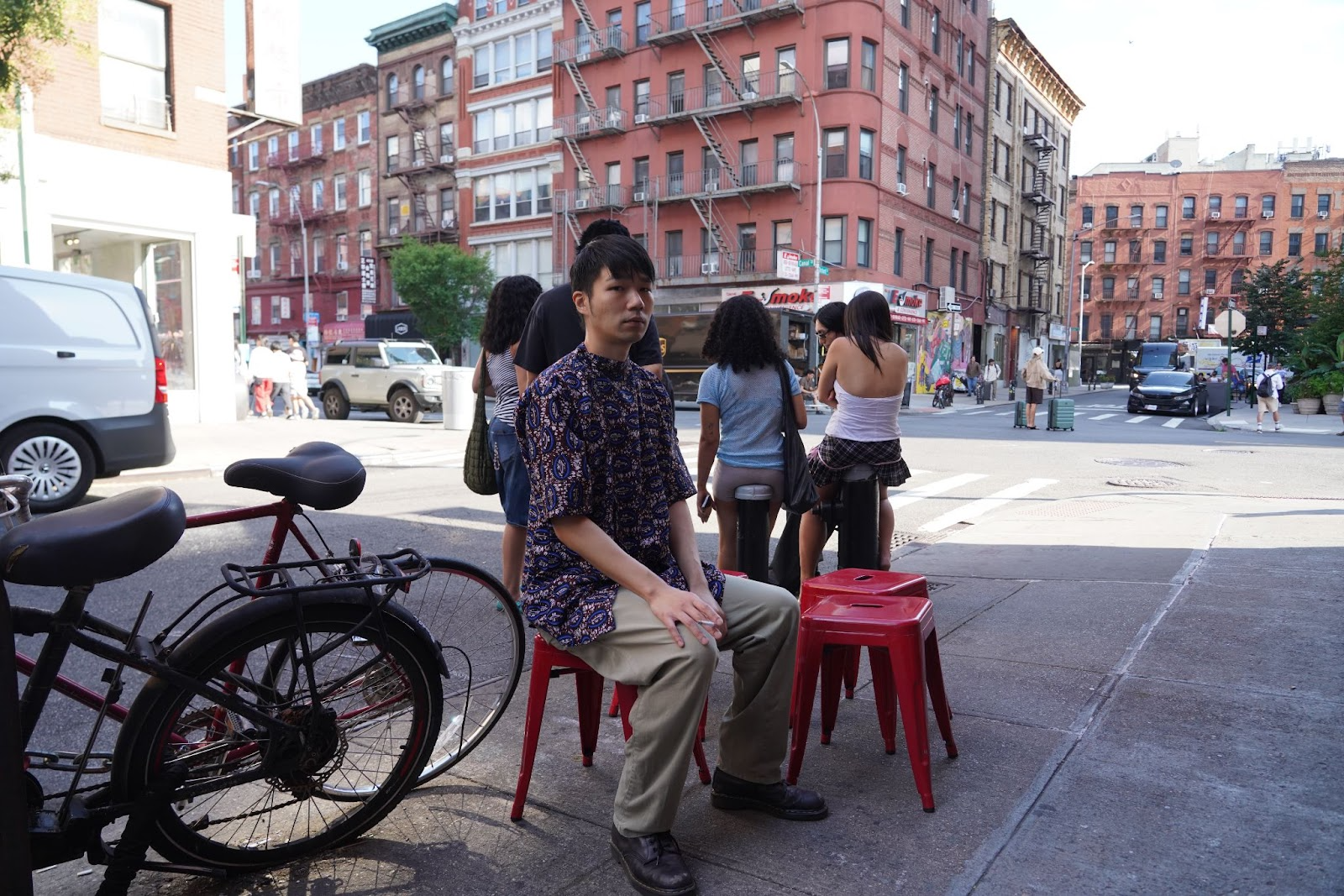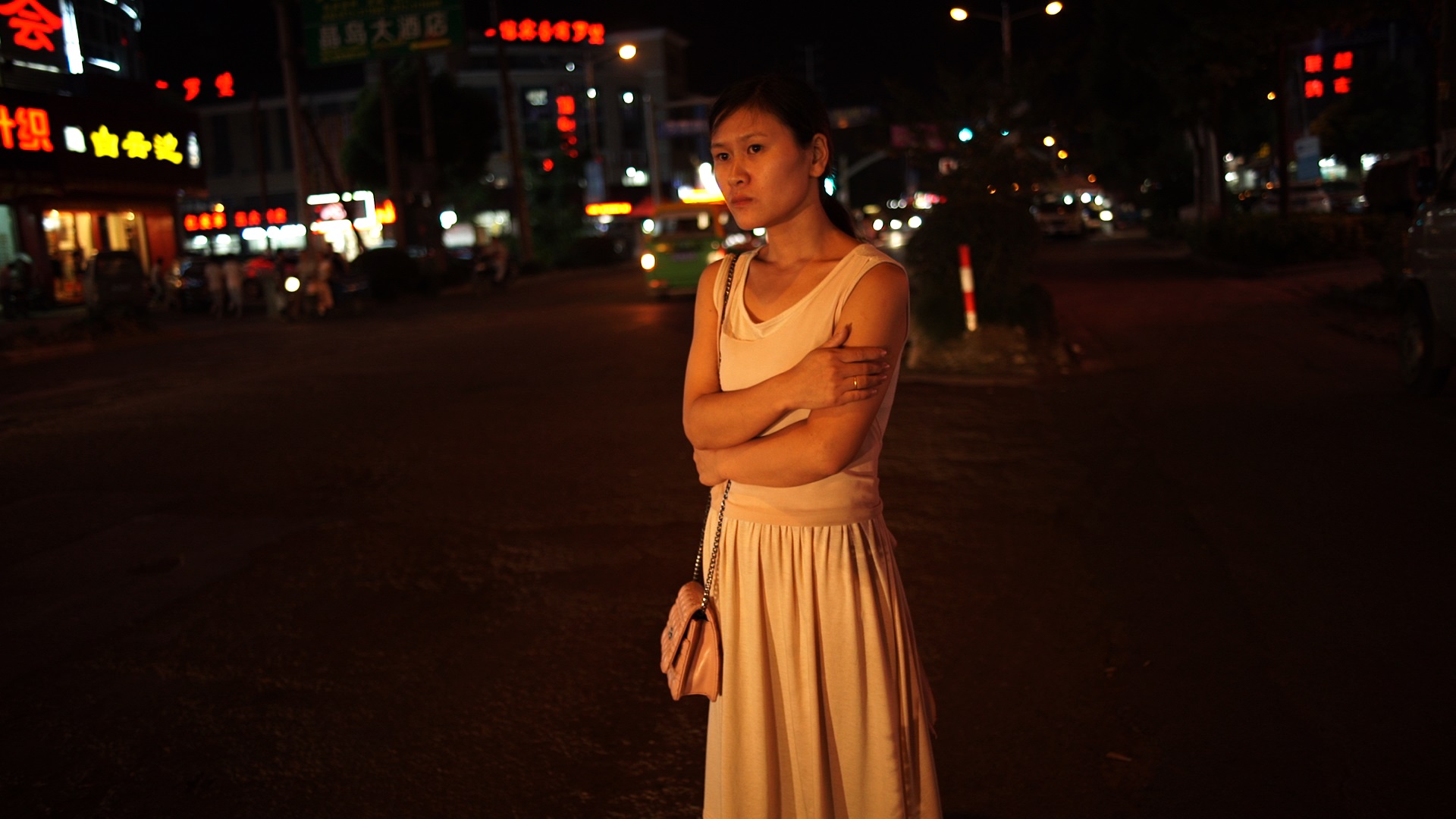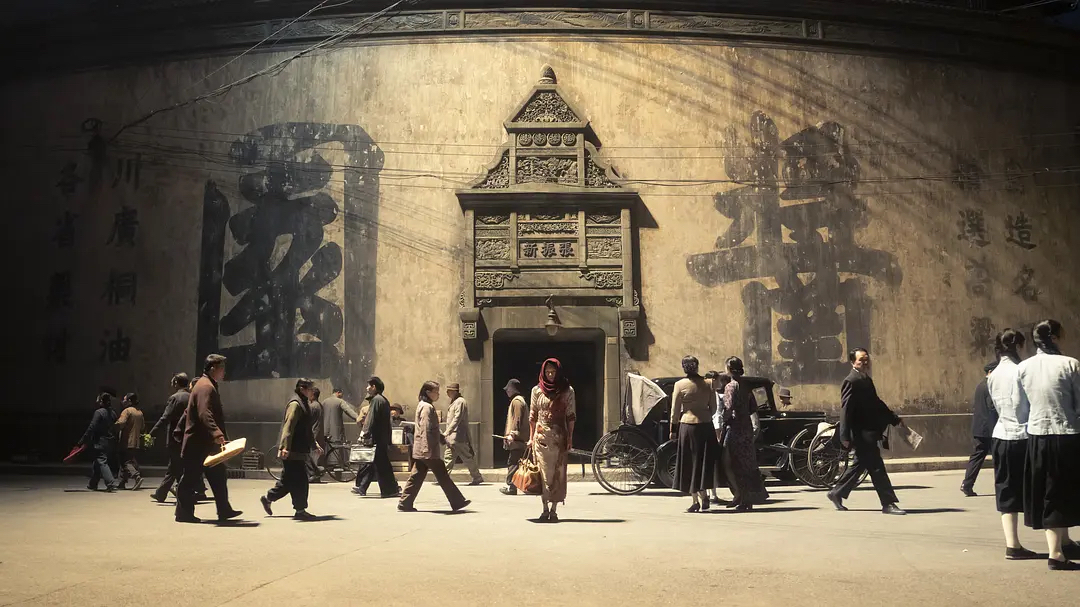At the bleeding edge of cinema and tech, Shanghai’s Future Cinema section at the Shanghai International Film Festival just served up 16 mind-bending immersive works from across the globe. But it was the homegrown, high-concept Chinese projects that really turned heads, proving that ancient stories still have new tricks up their sleeves.
Enter Mnemosyne, a VR fever dream by Chinese director Wu Er, inspired by The Peony Pavilion (牡丹亭), the iconic Kunqu opera penned by Ming Dynasty dramatist Tang Xianzu. With a headset strapped on, you’re plunged into a surreal blend of reality and illusion, like stepping into a romantic hallucination stitched together by centuries-old poetry and modern digital craftsmanship.
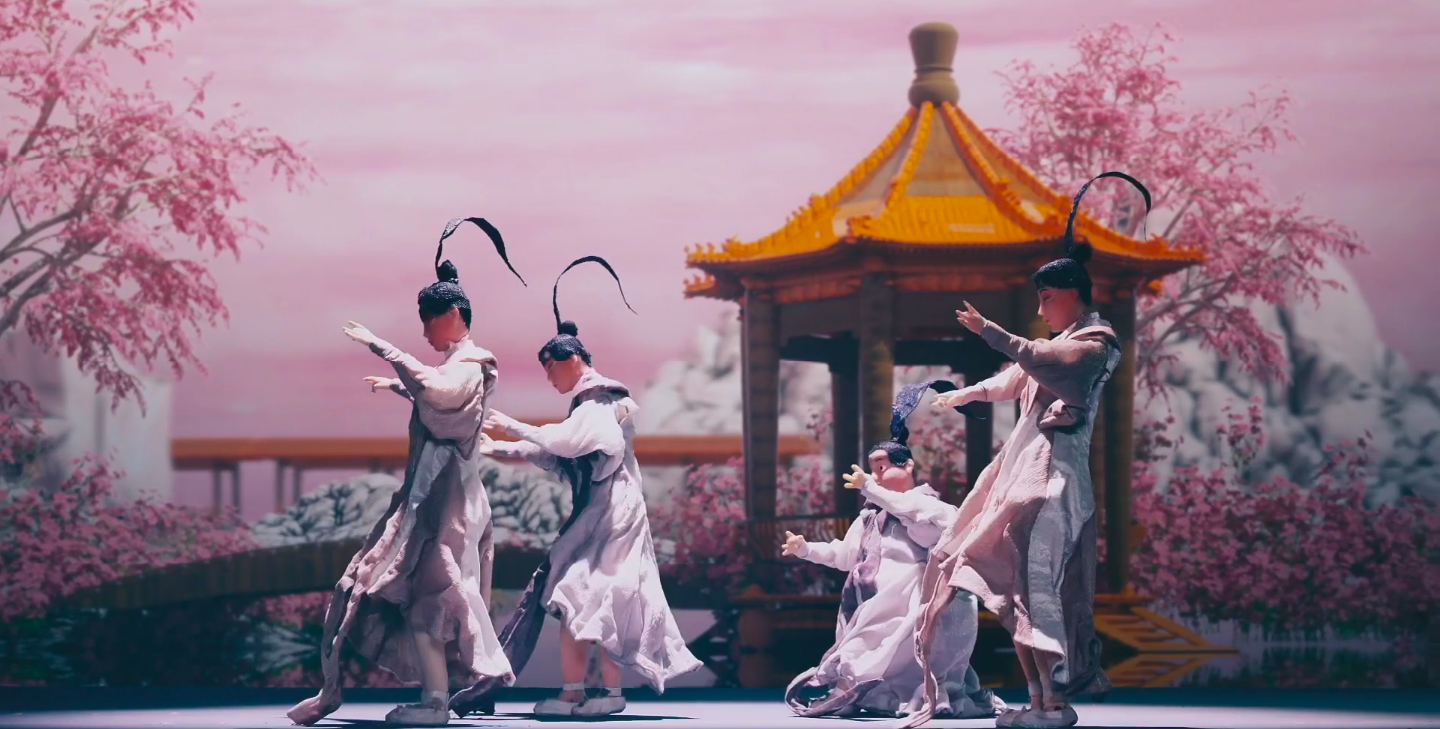
Then there’s Feng Shida’s AR Shadow Play: Wusong Fights the Tiger, a high-tech riff on classic Chinese puppet theater. The twist? Traditional puppet figures are digitally sliced into parts and controlled in real-time through AR glasses, turning a historic tale from Water Margin (水浒传) into something you’d expect in a Black Mirror episode—if Black Mirror cared about Song Dynasty heroes.
And while stories stole the show, tech hardware had its own spotlight. Xu Peng, marketing director at a Weifang-based tech company, rolled out a sleek new personal entertainment capsule and a self-developed high-res VR headset. Think sci-fi pod meets WeChat-era escapism—tailored for next-gen audiences craving hyper-personalized, deeply immersive experiences.
This fusion of the futuristic and the folkloric is no fluke. It’s part of a larger movement in China where immersive storytelling is bringing heritage back into the mainstream. Platforms like Bilibili and Douyin are seeing spikes in AR-enhanced cultural content, and China’s homegrown tech scene is doubling down on gear that blurs the line between art and innovation.
Hit play below for CGTN’s coverage at the Shanghai International Film Festival, that does a great job of showcasing the eperiences mentioned above.
Cover image via Variety.

